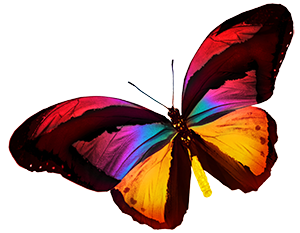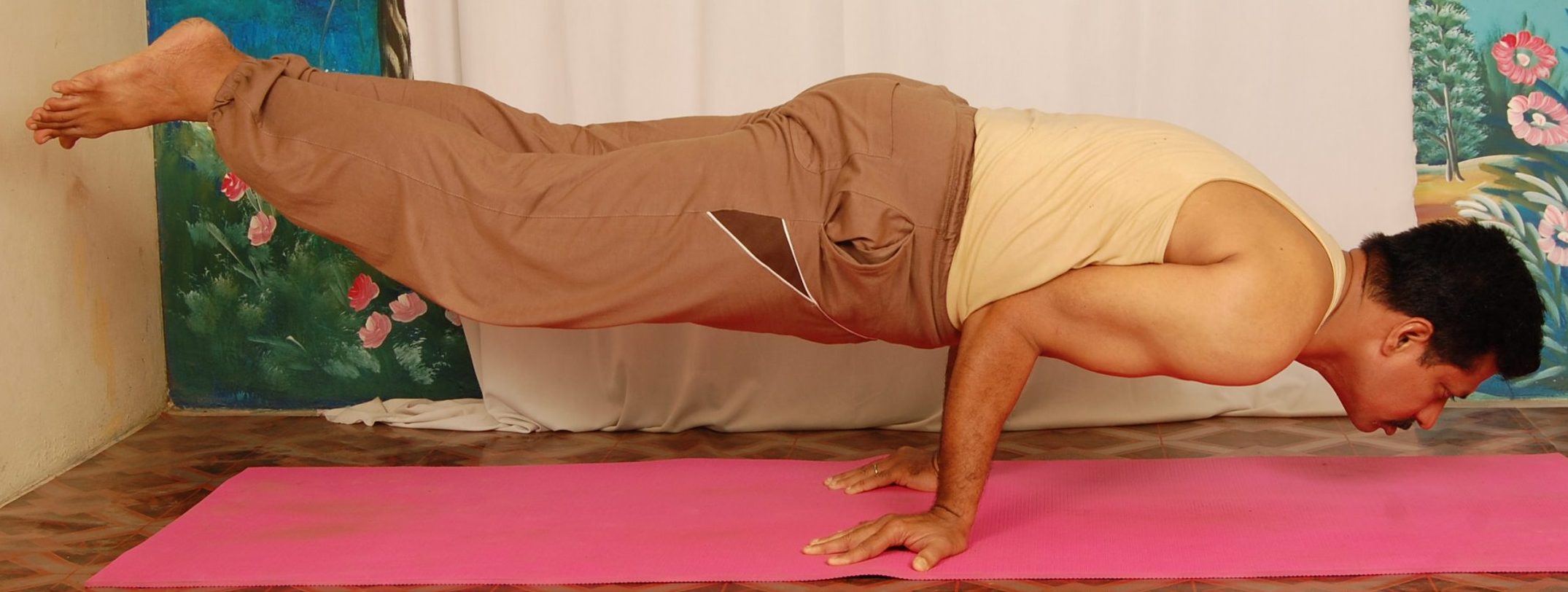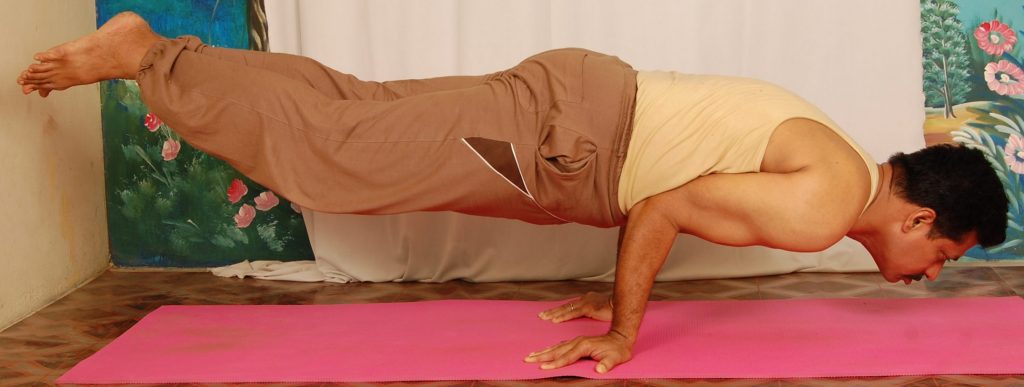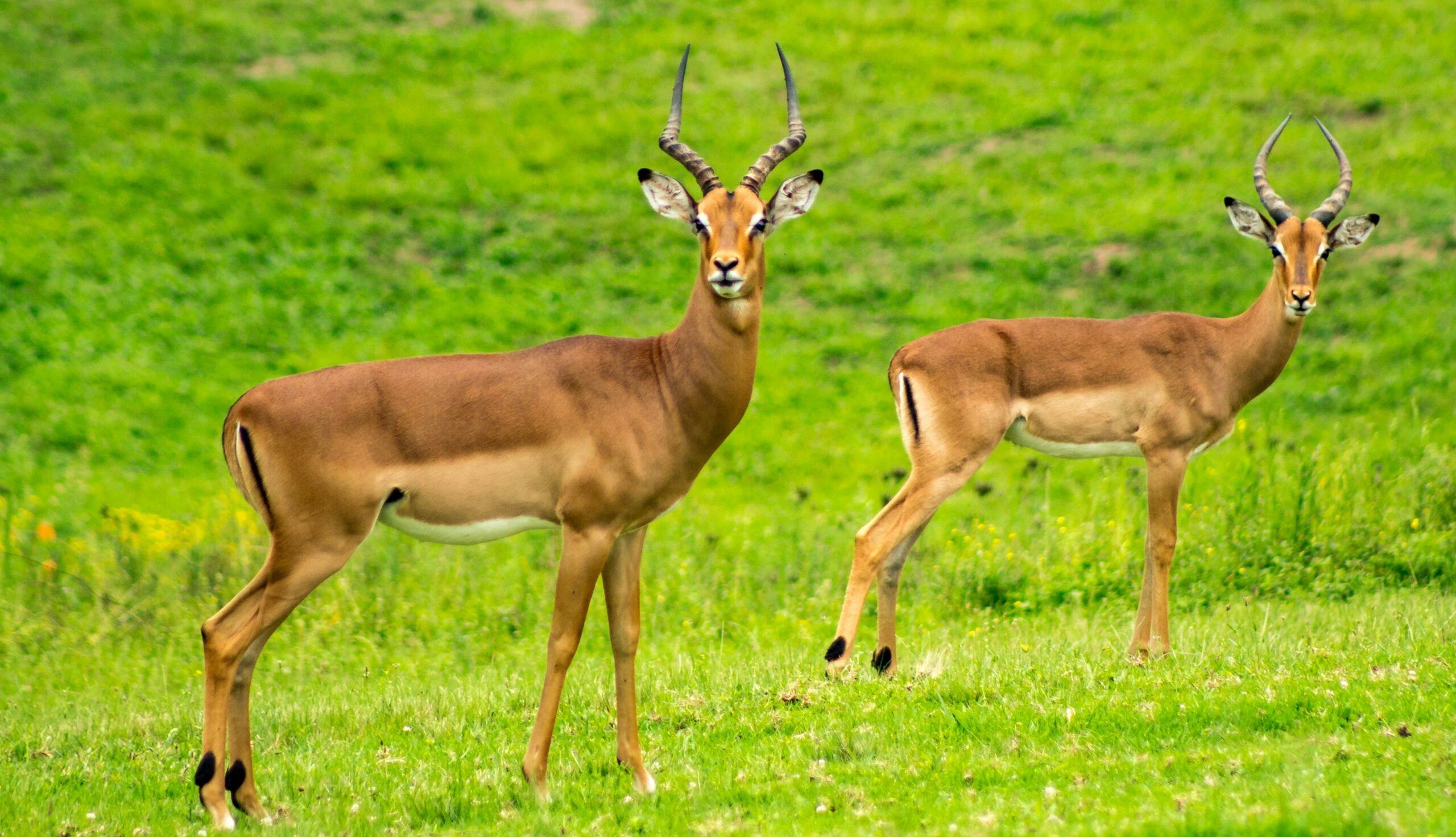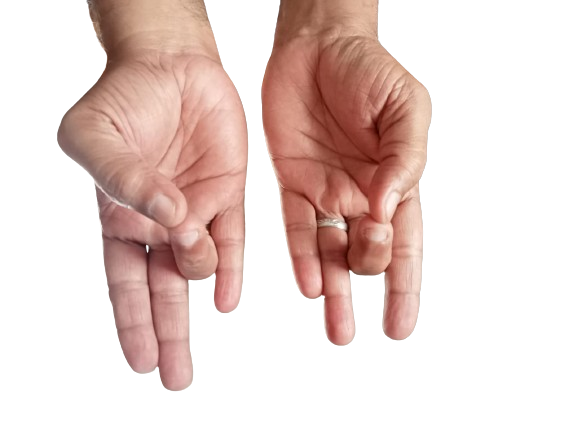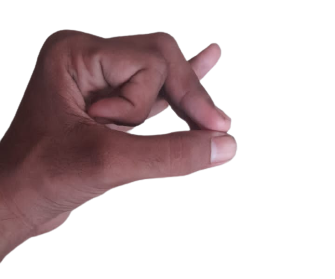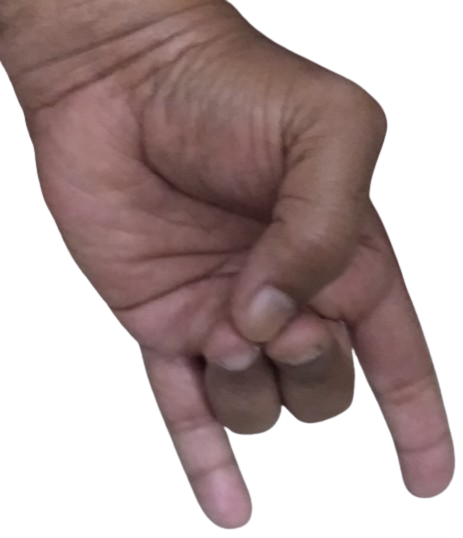Peacock Pose is one of the challenging arm balancing poses just as the Eight Angle Pose we saw yesterday. The pose is called Mayurasana in Sanskrit. 'Mayura' means 'peacock'. The form apart, the pose gets its name for the benefits it offers that can be equated with some of the qualities of peacock. Peacock is a blend of elegance, beauty, courage and strength.
(அஷ்டவக்கிராசனம் பற்றி பார்க்க, இந்தப் பக்கத்துக்குச் செல்லவும்).
Peacock Pose stimulates manipura chakra. The pose boosts self-confidence and self-esteem. Peacock Pose has the power to attract universal energy thanks to manipura being stimulated while in the pose.
Other Benefits of Peacock Pose
- Strengthens the nervous system
- Improves wrists and arms strength
- Strengthens back muscles
- Promotes functions of abdominal organs including liver and spleen
- Strengthens abdominal muscles
- Cures digestive disorders
- Eliminates toxins
- Promotes blood circulation
- Promotes stability
- Improves focus
Instructions
- Assume Thunderbolt Pose.
- Move the legs apart.
- Lean your shoulders slightly forward and place your palms between your knees on the floor. The fingers should be pointed in your direction.
- Bend your elbows. Now your torso will be rested on your upper arms.
- Slowly stretch your legs backwards and place your toes on the floor. Now you will be on your palms and toes.
- Move your torso slightly forward and lift your feet off the floor. Now your hands will be holding your bodyweight.
- Raise your head slightly. Alternately, you can look at the floor.
- Hold the pose for 20 seconds. Release the pose by lowering your legs to the ground.
- Bend your knees and assume Thunderbolt Pose.
- Relax yourself in Child Pose.
(பாலாசனம் செய்முறையைப் பார்க்க இந்தப் பக்கத்துக்குச் செல்லவும்).
Note
Those with severe problems in wrists, elbows and shoulders should refrain from practicing Peacock Pose.
Since Peacock Pose is a challenging yoga pose, you may have a compelling desire to accomplish the pose. However, you need to exercise utmost caution while performing the pose. If you shift your torso forward even slightly more than necessary, your face may land on the ground. If the body is not perfectly balanced you may experience severe wrist pain.
Hence, beginners can start with lifting one leg at a time initially. With practice, both legs can be lifted in one go.
Alternately, you can place a yoga block under the feet and perform the pose.
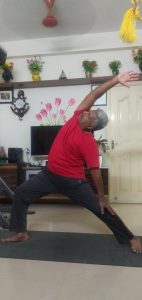
Yoga Pose for the Day (75) - Reverse Warrior Pose
Hope you read our previous posts on Warrior Pose 1 and Warrior Pose 2. Reverse Warrior Pose ...
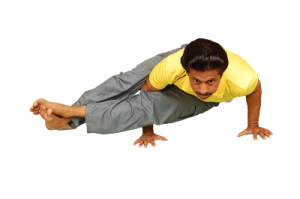
Yoga Pose for Day 73 - Eight Angle Pose (Ashtavakrasana)
In Sanskrit, 'ashta' means 'eight' and 'vakkiram' means 'to twist'. The pose is called Ashtavakrasana in Sanskrit. It is named after the sage Ashtavakkirar.
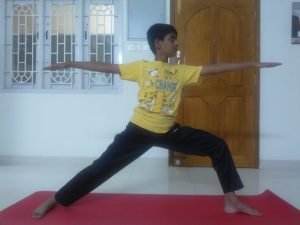
Yoga Pose for Day 72 - Warrior Pose 2 (Virabhadrasana 2)
Yesterday's pose was about Warrior Pose 1. Today, we will cover the benefits and how-to-do of Warrior Pose 2. As mentioned yesterday, 'vira' in Sanskrt means 'warrior' and 'bhadra' means 'auspicious' and 'companion'...
